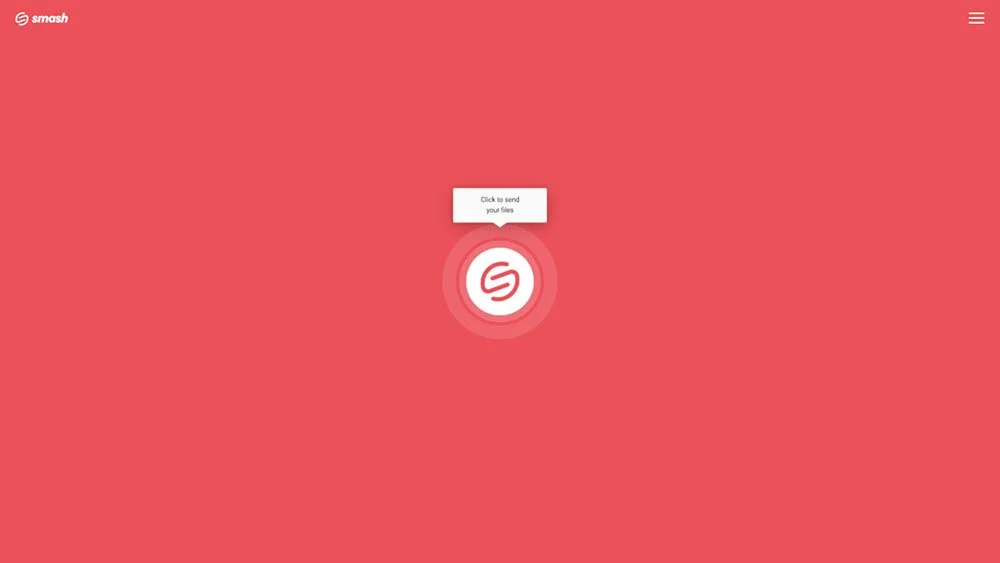How to Send Large Video Files through Email
Big video files just don’t work as email attachments. So how do you send big files via email, such as video files? Here’s our guide to getting it done.
IN THIS GUIDE, YOU’RE GOING TO READ THE 3 OPTIONS TO SEND A LARGE VIDEO FILE VIA EMAIL:
1. The Best: File Transfer Service
It used to be said that ‘video killed the radio star’ but today it might be more accurate to say that ‘video killed the email attachment’. With even generous email services rejecting any attachment larger than 25MB, sending a large video file through email is a challenge faced by millions every day. Luckily, there are several options that you can choose from to get your too big to send video file where it needs to go – read on and learn how to send a long video via email securely, effectively, and fast.
Why Can’t I Send a Large Video File via Email?
Before turning to the ways to get around the constraints of email attachments, it’s worth understanding why there is a limit on email attachments at all. In fact, there are three main reasons why email services place limits on the size of the files that you can attach to an email:
Performance. Email is based on the Simple Mail Transfer Protocol (SMTP) which is now more than 40 years old. Email systems are not built to transfer large volumes of data concurrently, and large emails – including long video attachments – can slow performance for the entire email network.
Security. Email systems use a limited number of ports to send and receive data. If the size of files attached to an email is not limited, it would be relatively easy to launch a DDoS attack through email with not much more than an email account and a large video file.
Storage. Emails that are sent and received are stored on servers at both ends. If file attachments are not limited, the costs of storing all those attached files on the sending and receiving mail servers would explode beyond anything approaching reasonable.
It’s no surprise, then, that all email providers put hard upper limits on the size of the file that they’ll allow to be attached to an email. While these can vary, 25MB is the standard for the large public email providers like Gmail and Outlook, and if you must send a large video file over email that is bigger than that, you’ll need to consider a complementary solution.
Three Ways to send a video that is too big through email
Here are the three different ways to email large video files.
1. The Best: A Heavy File Transfer Service to Send Videos
A file transfer service, like Smash, is your best option for sending a large video file, whether via email or other methods. With just a couple of clicks or taps, you can generate a link to your file that can be dropped into an email for download by your recipient. It’s easy to use, too. Just head to Smash, select the file you want to send, and click to upload. Within seconds, you’ll have a link that you can customize, then just copy and paste it into your email.
You want to share and email a big video Now ? Check this :
go to fromsmash.com
select the video too large to email
enter the recipient email or create a download link you will share yourself
This works for any brower in your iphone or android.
File transfer services like Smash are built for transferring big files. While there are other options, including WeTransfer, only Smash offers the opportunity to send a file of any size to anyone for free. With video files commonly above 1GB – that’s already 40 times larger than what could be attached to an email – a file transfer service like Smash makes it easy to send your large video file in email without ever troubling your email service.
2. The Alternative: File Storage Service
Some people prefer to go with a file storage service like Google Drive, Microsoft One Drive, or Apple iCloud. Many individuals, creatives, and professionals already have access to one of these services either via a subscription, a mobile or laptop device they own, or in combination with their email account. This makes it easy to share a large video file (or any other large file like a PowerPoint presentation or a PDF) because all you need to do is upload, click to generate a shareable link, and copy that link into your email.
But while the workflow is like a file transfer service, there are some big differences when it comes to performance and possibilities. For one, while a file transfer service like Smash puts no limit on the size of the file that you upload, you’ll always have a hard limit on the size of the file with a file storage service. For another, as your file needs to stay on a cloud server that you are paying for, if you are sending large files regularly, you’ll quickly run out of room on that server and need to start deleting your files again. Finally, while all these services allow you to share a file, you are limited when it comes to security options (like password protecting the file) and customization (generally, you cannot customize the links you share).
3. The Fallback: Compress the Long Video File
For some large video files, there’s a third option that you might fall back on. It’s kind of old school and it doesn’t work for every large video file – indeed, it won’t work for many at all – but sometimes it can be an option that allows you to stick with sending an email attachment like you are used to. The option: compression.
In other words : how to make the video smaller ?
Commonly known as ‘zipping’ a file, compression is a means of reducing the overall size of the file to the point where it can be attached to an email as if it was smaller. Using a compression application that is likely a part of the operating system of your laptop or mobile device, a 30MB file might be compressed into a 20MB archive file. Smaller than the 25MB limit, this archive can be attached to the email and ‘unzipped’ by your recipient at the other end.
The downside of compression? There are two. First, it won’t work for every large video file. In fact, if your video is measured in the hundreds of megabytes or is north of 1GB, then there’s almost no chance that you will be able to compress it to travel as an email attachment. Second, compression and decompression of a file can often leave the video file corrupted and impossible to open. Sure, it might arrive where it is meant to arrive, but if it can’t be opened, what’s the point?
The Best Way to Send a Large Video File via Email
Assess all the options and there is no question: it’s a file transfer service, and the best file transfer service is Smash.
With Smash, you can send a large video file by email no matter how large the file is, and for free! You can customize your sharing link, password protect the transfer, and it’s entirely secure, reliable, and fast. With Smash, you’ll never have to worry about your email service rejecting your email as ‘too large’ ever again.
Smash is available via any browser, on desktop and mobile, as well as via dedicated Android, iOS, and Mac applications. For power users who transfer large files as part of their everyday workflows, Smash even has an API that you can use to lift efficiency, productivity, and install in ten minutes with 5 lines of code.
Need email a large video file ?
Use Smash, it’s no file size limits, simple, fast, secure and free.
Frequently Asked Questions
-
File transfer services are built to transfer files quickly, securely, and easily, no matter how large the file is. A file storage service is built to stock files and lacks the security and link customization options common to file transfer services, as well as putting hard limits on the size of the file that you share.
-
Any compression algorithm that reduces the size of your file means putting your data at risk of corruption. When you have the option of sending the uncorrupted, full-size, high-quality video via a file transfer service instead, it’s not really a risk worth taking.
-
Email works so well because the protocol (SMTP) is standard right across the world. This protocol doesn’t allow for large attachments for security and stability reasons, nor are the servers that send and receive email ready to accept unlimited size attachments that will need to be stored, usually indefinitely. Until the protocol and the email systems evolve, a file transfer service like Smash is your best bet.







